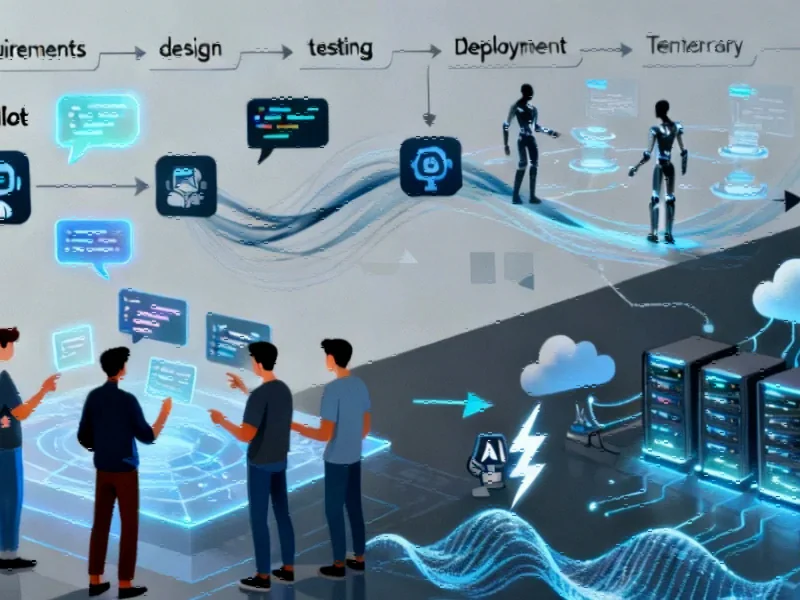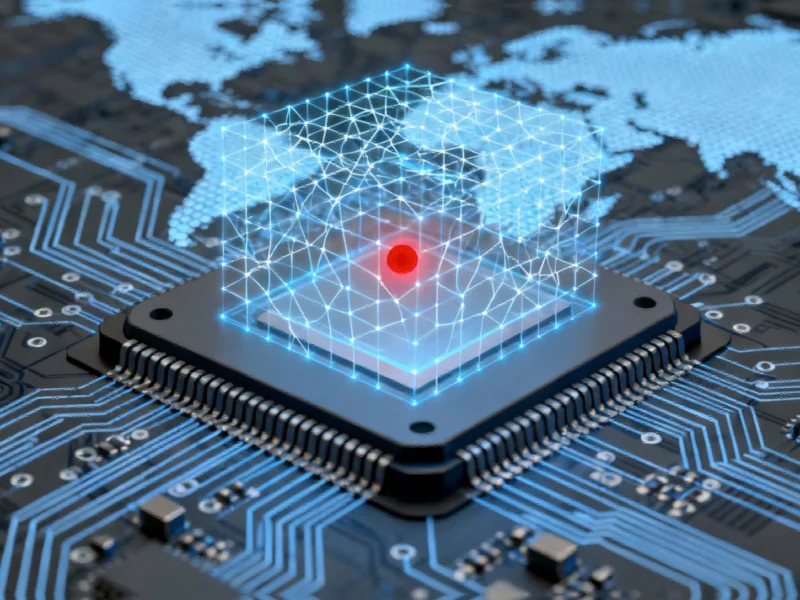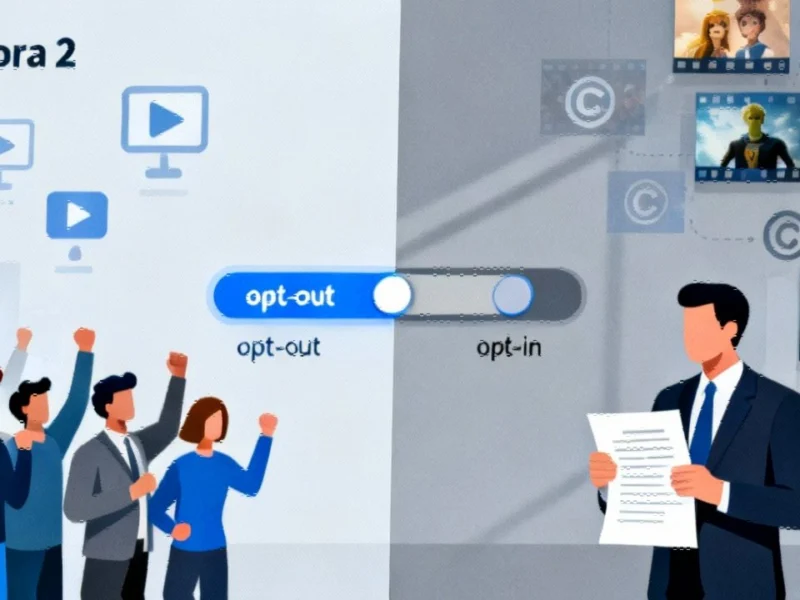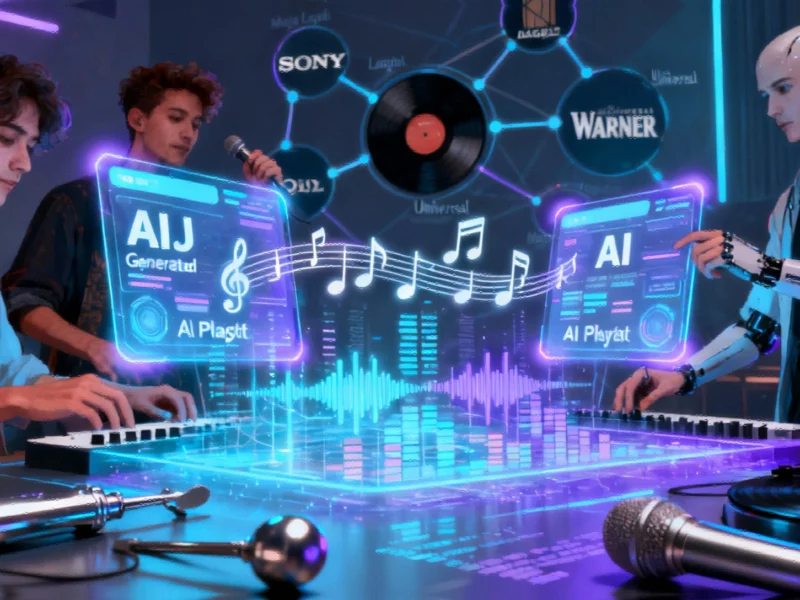The New Developer Paradigm
Enterprise artificial intelligence is fundamentally reshaping the role of software developers, according to reports from Microsoft leadership. Amanda Silver, corporate vice president and head of product for apps and agents at Microsoft, stated that “AI doesn’t just change how we code. It redefines who gets to lead innovation. Developers are becoming the orchestrators of intelligent systems.”
This transformation represents a significant shift in how technology teams approach problem-solving and system design. Sources indicate that generative AI is collapsing traditional development stages from requirements and design to testing and deployment, creating new opportunities across the technology sector.
From Cloud Revolution to AI Evolution
The current AI transformation bears similarities to previous technological shifts, analysts suggest. Silver compared the impact of generative artificial intelligence to how cloud computing automated infrastructure provisioning. “Cloud removed friction in managing resources. AI is now removing friction between ideas and implementation,” she explained in a recent blog post.
This acceleration comes through tools like AI copilots that translate natural language into working code and agents that handle updates, code refactoring, and telemetry. However, the report states that organizations face complex implementation challenges despite these advancements.
Governance and Control Imperatives
While the developer-first narrative is compelling, many enterprises operate under tight cost, compliance and data-governance constraints. Building AI-driven workflows requires not just new tools but entirely new accountability frameworks, according to the analysis.
“AI has to live where governance lives,” Silver emphasized. This principle has guided Microsoft‘s introduction of Azure AI Foundry and Model Connector Protocol, which aim to let developers integrate agents into enterprise systems while maintaining observability and control through platforms like Azure AI.
Balancing Innovation and Verification
The same theme of controlled innovation runs through the broader market, with enterprise leaders increasingly viewing artificial intelligence as a system-wide capability rather than a single product. Developers are being asked to balance innovation with verification to build faster without compromising oversight.
“Velocity has to come with verifiability,” Silver noted, highlighting the delicate balance organizations must strike. This challenge extends beyond large enterprises to smaller firms that are gaining capabilities once reserved for major engineering teams through AI coding assistants.
Industry Concentration Concerns
AI’s growing influence also raises questions about concentration of power within the technology ecosystem. According to industry observers, the dependence on a handful of large platforms could potentially narrow innovation pathways, overshadowing smaller, more efficient approaches to AI development.
Microsoft’s response has been to emphasize openness and interoperability. Silver said the company’s strategy is guided by “freedom within a framework” giving developers flexibility while embedding security, compliance, and transparency standards into its architecture.
Redefining Development Roles
What emerges from these intersecting trends is a fundamental redefinition of what it means to be a developer. The role is shifting from writing code to designing and supervising AI-driven behavior, with developers overseeing continuous systems that adapt, self-monitor and respond to feedback in real time.
Silver sees this evolution as both empowering and demanding. “AI will not replace developers. It will amplify them,” she said. “But amplification comes with responsibility. Developers have to understand how these systems think, not just what they output.”
This transformation occurs alongside other significant industry developments in technology and market trends. As organizations navigate these changes, they’re looking to related innovations and recent technology partnerships, including those highlighted in sector analysis across the technology landscape.
This article aggregates information from publicly available sources. All trademarks and copyrights belong to their respective owners.
Note: Featured image is for illustrative purposes only and does not represent any specific product, service, or entity mentioned in this article.



